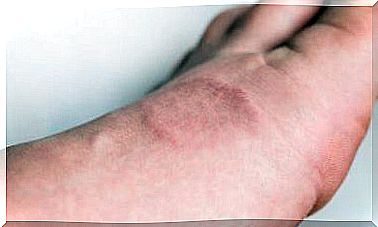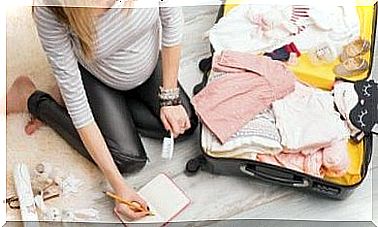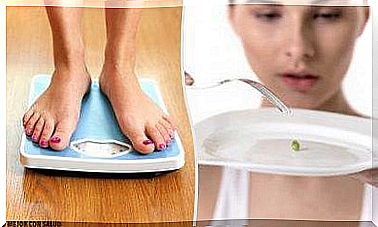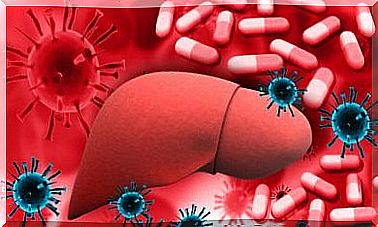Gas Colic In The Newborn: Here’s What To Do
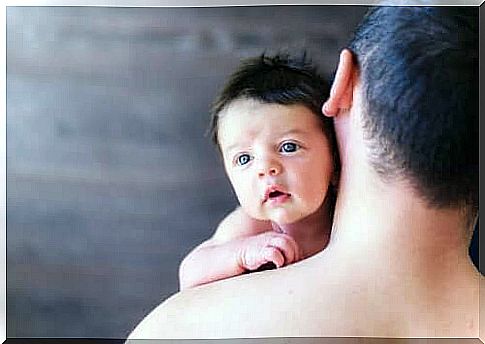
Babies often need to expel excess air from their tummy. If this is not done correctly, gas colic in the newborn is likely to be frequent, annoying and irritating to both them and their parents.
In this article, we explain how to help your little ones expel gas properly and thus avoid common gas colic.
Gas colic in the newborn
It is natural for a newborn to not be able to control suckling perfectly. As a result, it happens that he swallows some air during the feed, especially when he is being bottle-fed.
The accumulation of gas in the small stomach can cause discomfort and discomfort. The little one will then feel discomfort and irritation leading to crying.

This is why after each feeding it is important to make sure that the baby expels the ingested gases. It is difficult for them to do it themselves, so they will need our help.
After eating, it will be necessary to make sure that the baby burps and expels the gas, in order to avoid discomfort and colic.
Gas colic in the newborn and types of gas
The gases that the baby tends to accumulate are of two types:
- Stomach gas. The most common one, which as we have mentioned, is the air swallowed during the feeding.
- Gas from the intestine. These are the gases produced by poor digestion or by some food intolerance. In this case, on the advice of the pediatrician, the formulation of the meal can be changed.
How to help the baby excrete gas from the stomach
There are several techniques and tricks we can put into practice to help your baby expel intestinal gas properly:
The correct position while breastfeeding is essential to avoid gas colic
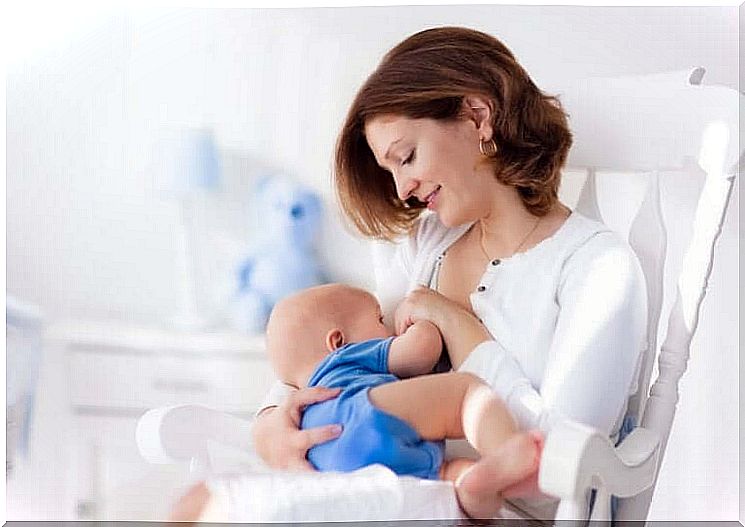
While breastfeeding or bottle feeding, it is important to hold the baby in the correct position. That way, she’ll suck better and swallow less air. For this purpose:
- The baby’s mouth should fit snugly to the breast including the nipple and areola. Adhering only to the nipple, it risks swallowing the air as well.
- The baby’s gums should never press on the nipple, because in this way he will not take in milk, but only air.
Make him burp
Burp is the most effective technique to help the baby expel gas properly, but there are also some positions that make this task easier. Among these, the best known are:
- Place the baby on the chest with the head resting on our shoulder.
- Make him sit on your lap, with your back to him, and place your hand on his chest and fingers on his chin.
- Put the baby on his stomach on our arm. By its own weight, the belly will press against the arm, facilitating the expulsion of gases. However, remember that the baby’s head should always be higher than the rest of the body.
When the baby is in the correct position for the burp, you will perform a light back massage or give it a gentle nudge.
You will have to help him expel the gases in this way for about 5 to 10 minutes. But don’t worry if you don’t hear the characteristic belching sound despite everything, it’s not always audible. After 10 minutes, it will be possible to put the baby to bed without any problems.
When to make him burp?
We understand that it is essential to help the baby excrete intestinal gas, but you are probably wondering when to do it. Typically, it needs to be done after feeding. However, in some cases, it will be necessary to stop it to expel the gases and then resume it:
- If the baby is agitated while feeding, he is probably swallowing air. For this reason, you will have to stop every five or ten minutes to have it expel the gas and then continue.
- It is possible to help him to eliminate the gas in the breast to breast exchange.
- If we bottle-feed, and he is agitated, we can stop every 60 milliliters to help him expel the gas and then continue.
Of course, this will be evaluated individually by each mother. Furthermore, if the baby is not agitated, it is not necessary to interrupt. Just make him burp after feeding.
Choose your teats well

If you are bottle feeding your babies, it is essential to choose teats carefully. These, in fact, may not be suitable for the age of the baby and if they are older, they risk making him swallow more air than milk.
That’s why it’s essential to choose the right teats for your baby’s age, so you can be sure he doesn’t swallow too much air. There are also special teats that avoid this problem by minimizing the amount of air they let through during feeding.
Is it always necessary to make him burp?
We are often led to think that the baby always and in any case ingests air when he feeds. We think, therefore, that we must always make him burp, in any case. However, this is not always the case. Especially in the case of breastfeeding, if the position and sucking technique are correct, it is very likely that the baby will not swallow air.
In that sense, if we are obsessed with making him burp when he really doesn’t need it, maybe we are causing him the trouble. The best thing is to try to help him for 5 – 10 minutes, with a light massage or light taps, and then, let him rest.
